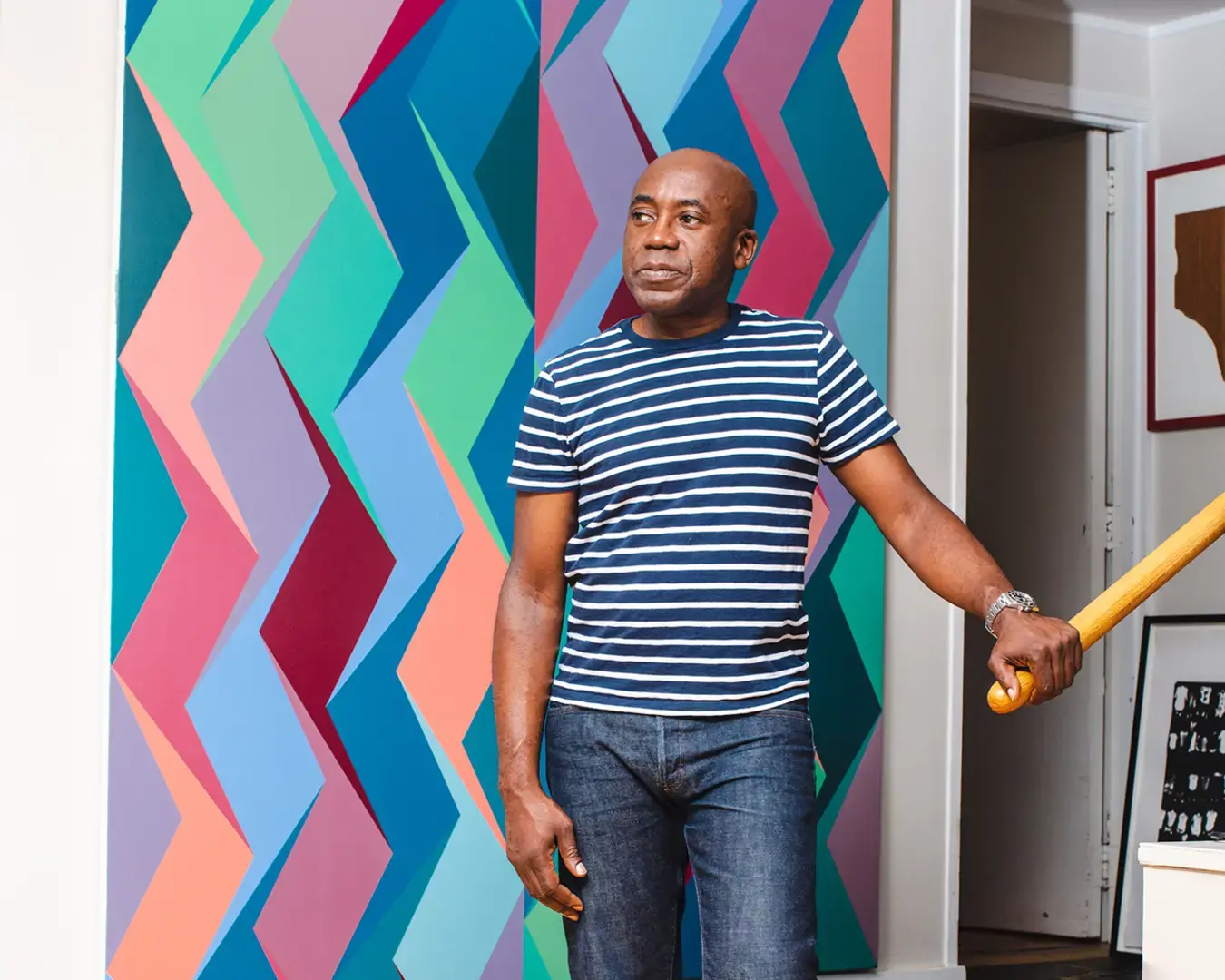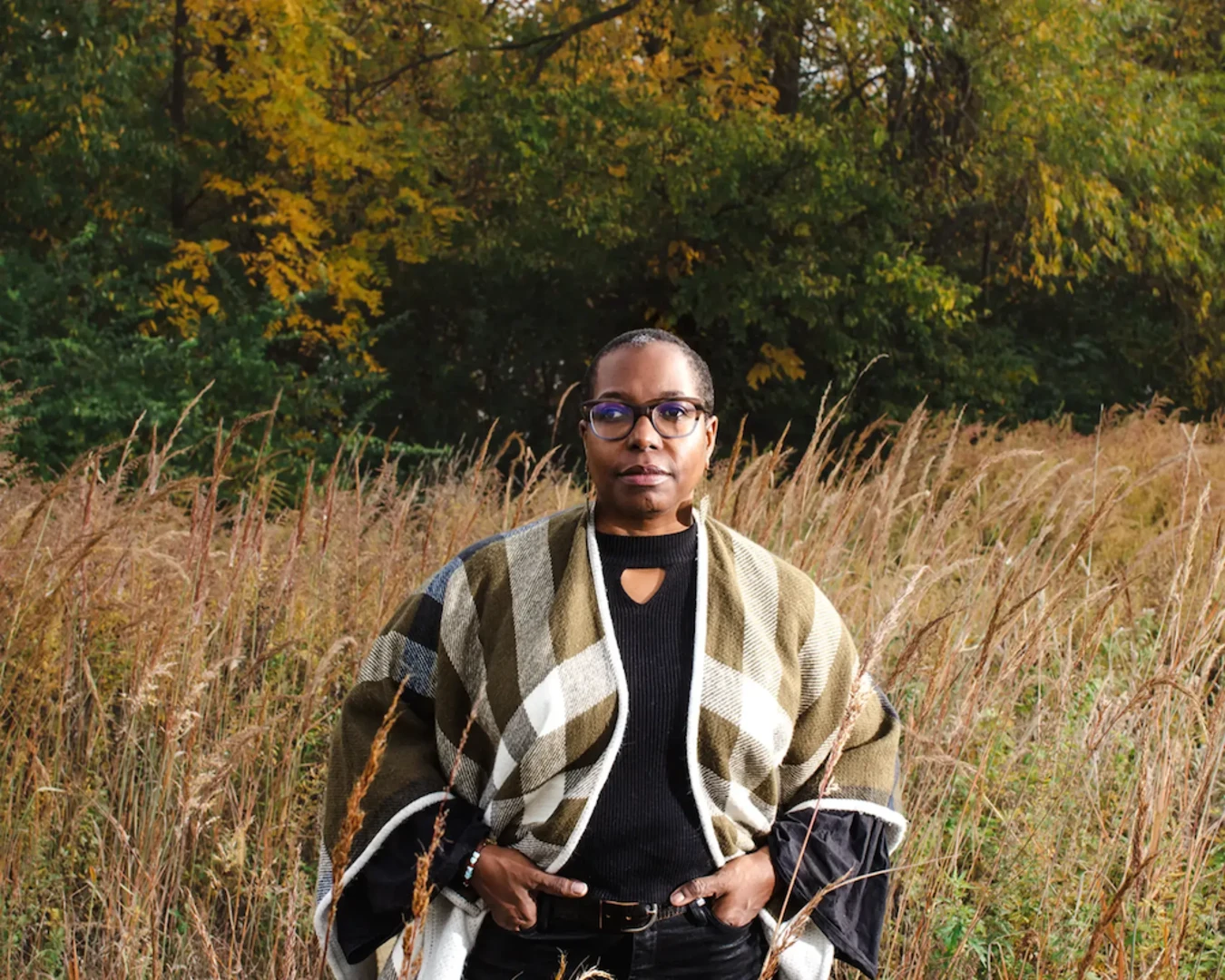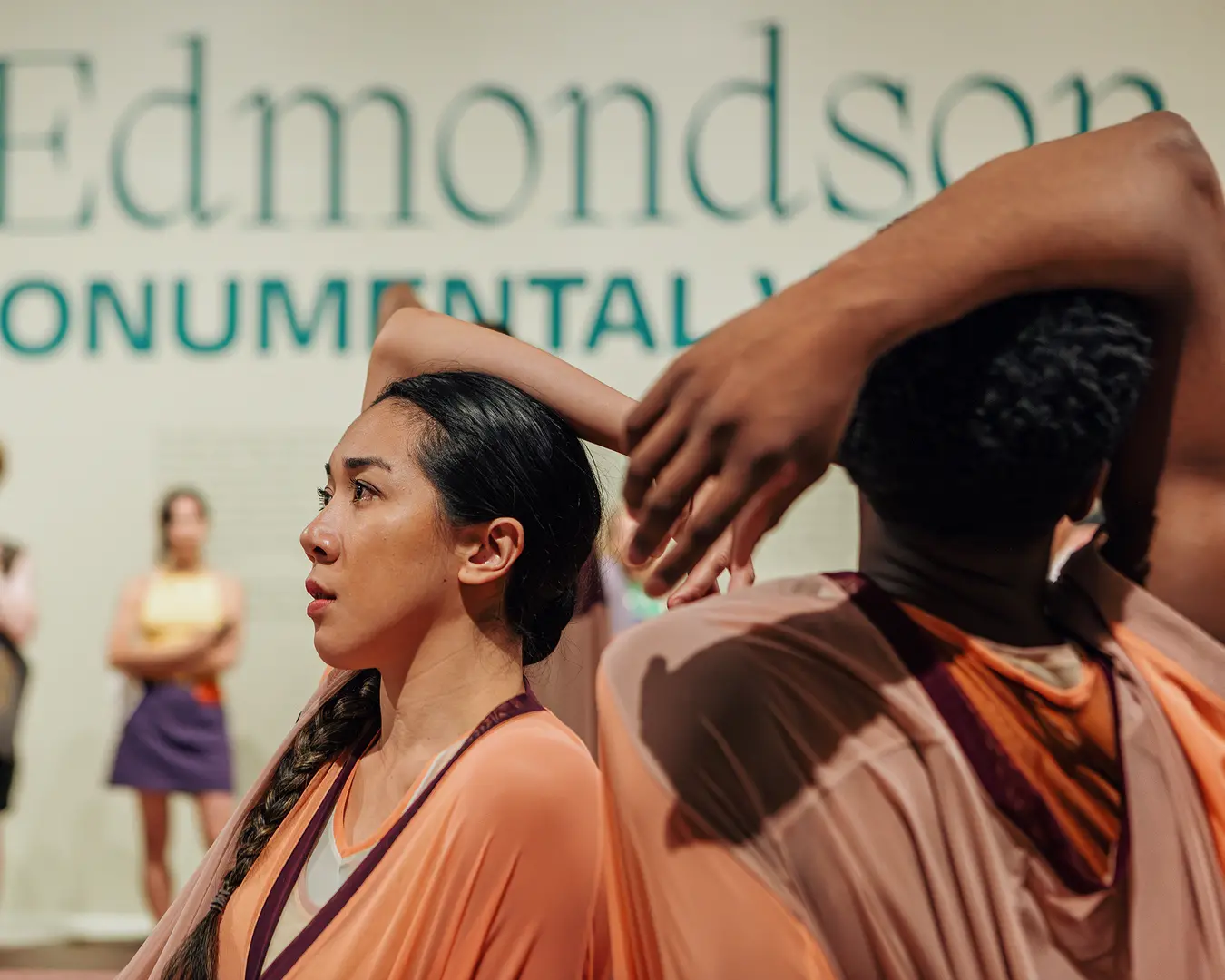Whether buried in the underground or coursing through the mainstream, queer art has a unique ability to transgress social and aesthetic norms while validating expansive notions of identity. In celebration of Pride Month, artists from a variety of disciplines reflect on queer works—contemporary photography, Golden Age cinema, underground sci-fi, and more—from which they’ve drawn inspiration and meaning.
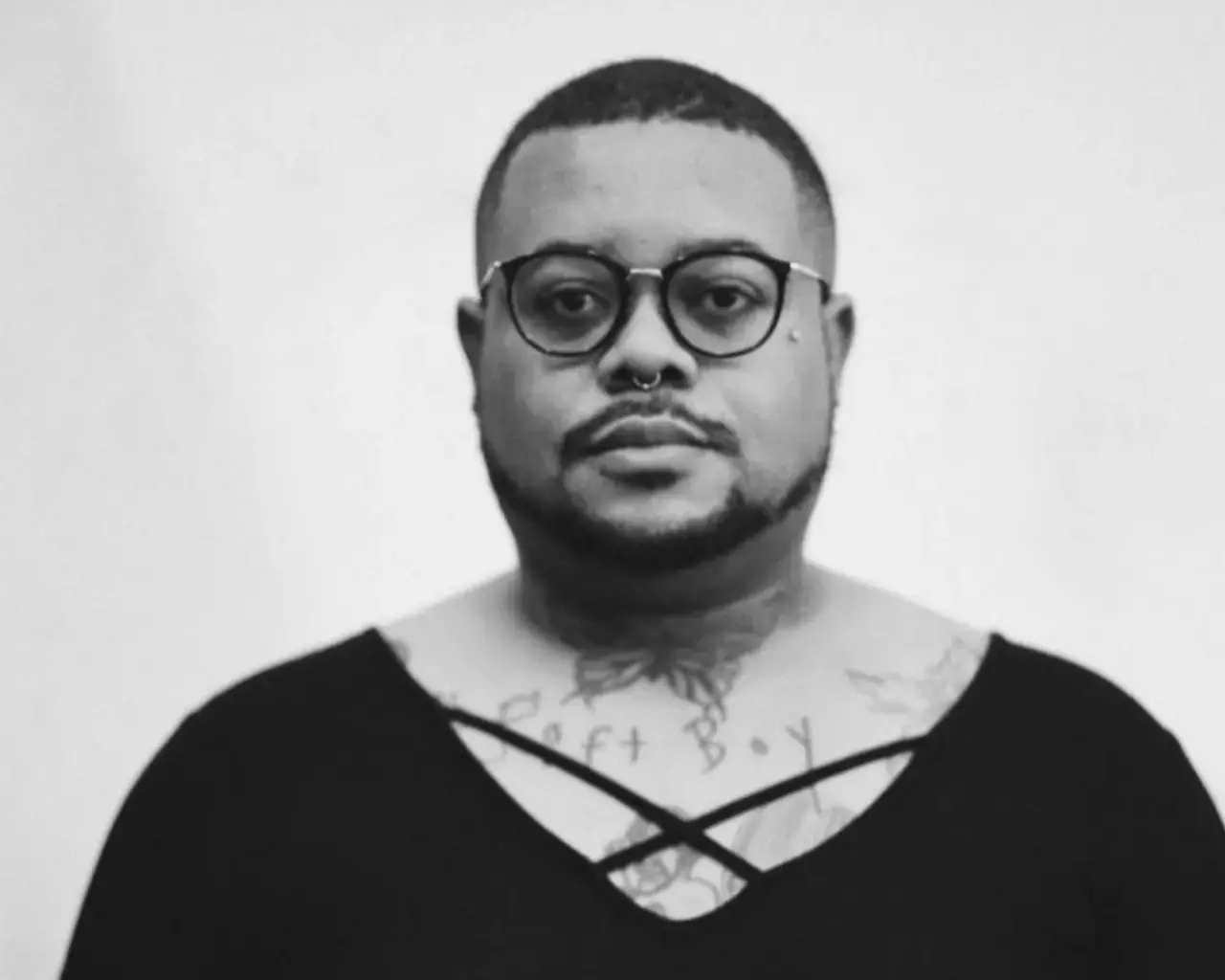
Jonathan Lyndon Chase
Visual artist, 2019 Pew Fellow
A body at rest, in love, reflecting many softly and burning complications of energies embracing, fucking, and liberating: many feelings come to me when I think of the work of Ren Hang (1987–2017). There is a world of tender friends and lovers, the queer youth whose bodies move freely and become lost and create new moments in their relationship with space around them. I really admire his work in ways it really speaks to living with pride without guilt, censorship, and shame.
There are so many devices and poisons that aim to keep people unable to just be. Ren's compositions are masterfully beautiful, filled with joy and dread. It feels so physical to memory and desire. Bodies are not meant to be policed, and Ren's work responds to that by unapologetically showing private mundane moments of life. It is a quiet but also loud sensation somehow.
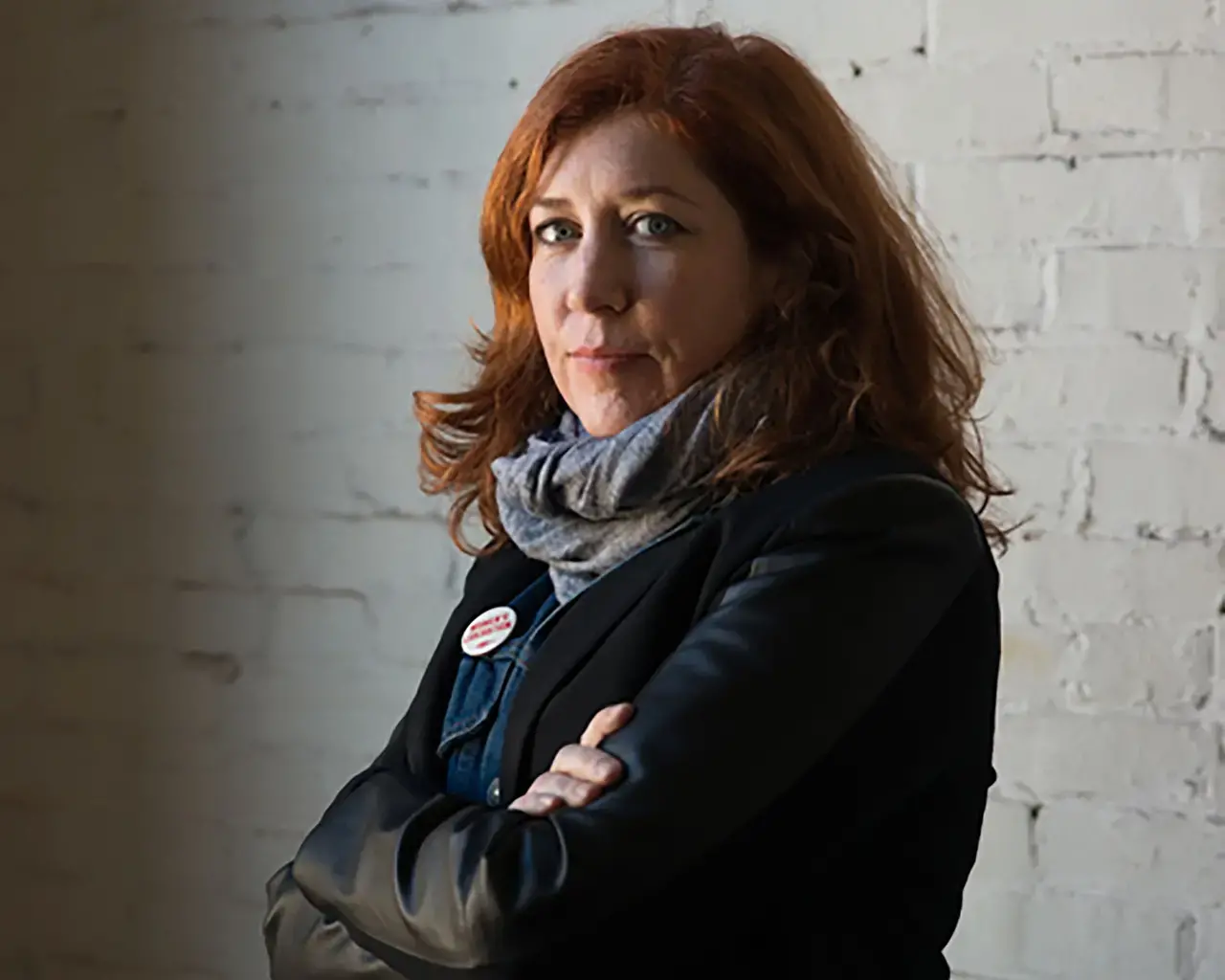
Jesse Harrod
Visual artist, 2020 Pew Fellow
I am influenced by a range of artists who work outside of a more traditional fine art practice, such as the filmmaker John Waters and the Cockettes, a Bay Area performance group in the 1960s and ‘70s who lived communally and developed DIY approaches to glam and the performance of gender. Drag is a concise way of exploring constructions of gender. As art historian Julia Bryan Wilson states in her article “Grit and Glitter,” “[They] were equal parts experiments in communal living, theater troupes, and active promoters of radical new modes of queer and feminist self-fashioning.” They performed cabaret acts at local venues in the Bay Area wearing elaborate makeup and costumes. I have always wanted my work to reference this aesthetic, not high-end glam, not polished, but homemade DIY drag and performance.
These lo-fi artists often tested the limits of propriety while simultaneously building an anti-aesthetic that fortified communities that felt shut out from mainstream participation in society, let alone the art world. I see John Waters as making work that is loud and political and transformed culture, but not at the sacrifice of aesthetics, insurgency, and outrageousness. His movies shaped my ideas about art and values. His unabashed disdain for propriety has motivated me from day one.
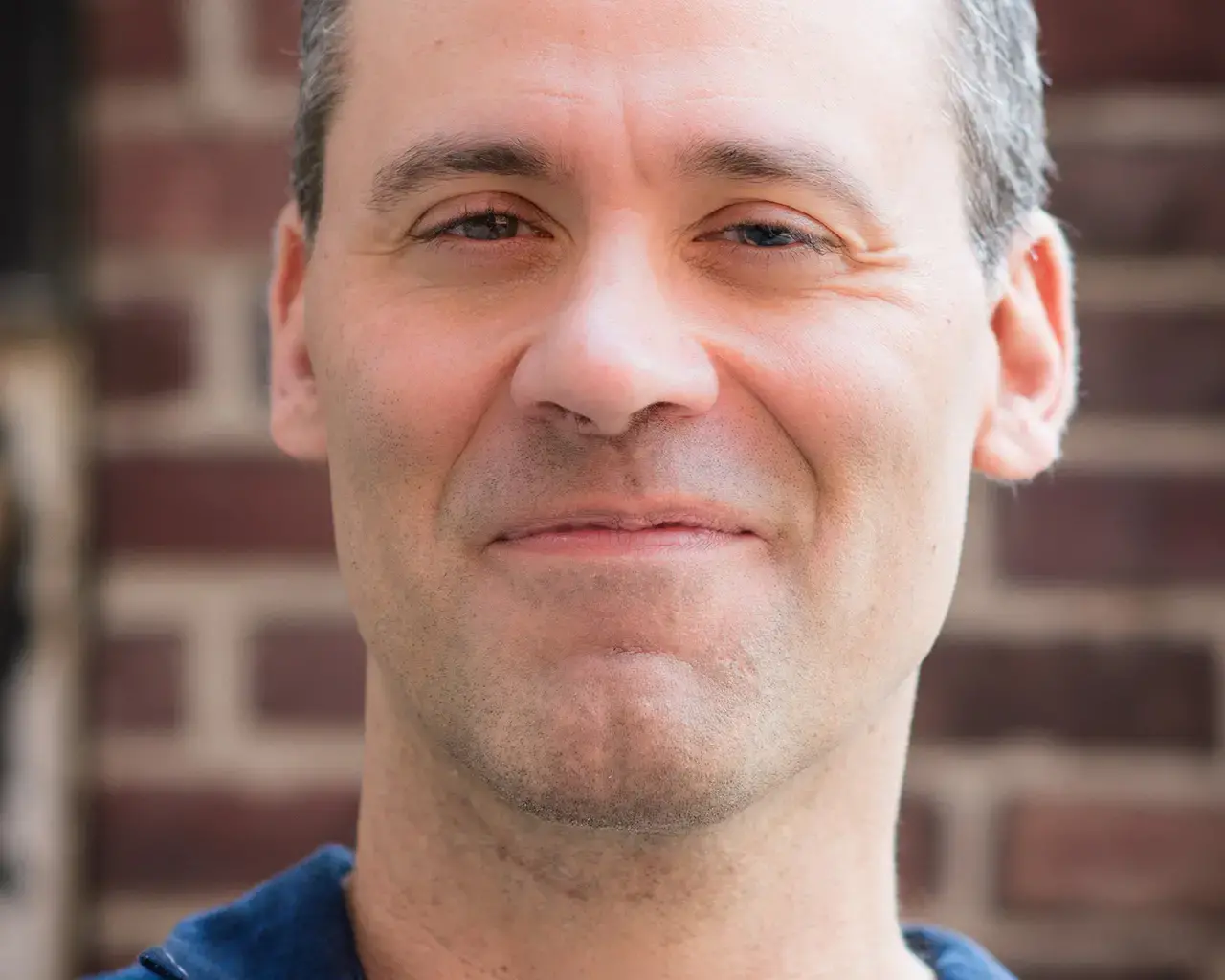
Dito van Reigersberg
Theater artist, 2002 Pew Fellow
In The Presence of the Actor, theater director Joe Chaikin wrote: “Traditional acting in America has become a blend of that same kind of synthetic ‘feeling’ and sentimentality which characterizes the Fourth of July parade, Muzak, church services, and political campaigns.”
A real formative hero of mine, Joe Chaikin impacted the entire path of my work with my theater company, Pig Iron. His approach has had a deep influence on my sense of how ensemble-based creation, its joys and its challenges, is a practice that's related to democracy, the forming of utopias, and our ways of dreaming ourselves into progress. In Joe’s book, he really encourages us to tear away the layers of commercialism/Hollywoodism/corporatism that keep us from profound and authentic experience. He asks us to see, to hear, and to feel without preconception; particularly memorable is a passage where he talks about the experience of leaning in to kiss another person, and how so many movie and TV images of kisses come flashing between you and the other person while you kiss that it's impossible to be present. He asks us to peel back those layers and look at things squarely, unromantically, but also with a sense of humor. In a way, he seems to imply, human life is both stranger and more funny than you think.
I think I can draw a line from his work all the way down to the fantastic, maximalist work of (much more contemporary) Taylor Mac and Machine Dazzle. They share an intention to reveal and problematize and queer our pop culture, our canon, and our received assumptions about American history and identity.
Here's a crazy scene directed by Joe. It’s from a piece called The Serpent (1969) by the Open Theatre, in which Eve gets tempted in a wild, scary, and funny way in the Garden of Eden.
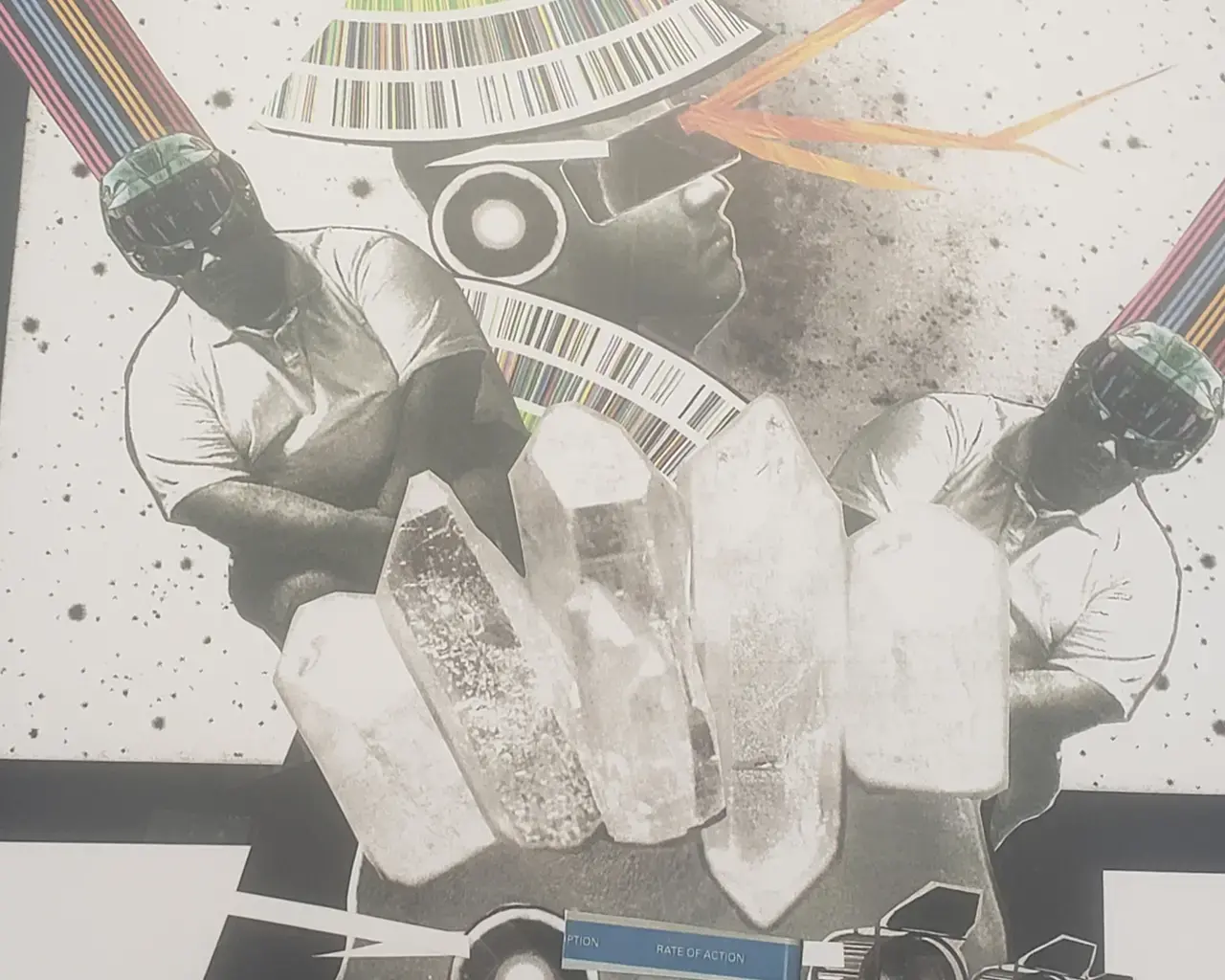
Alex Smith
Multidisciplinary artist, 2020 Pew Fellow
In a dusty, dilapidated used book store tucked into the corner of an abandoned strip mall in North Carolina, I discovered a writer who would change the course of my life, first simply by existing—as a Black, queer male writing in the overwhelmingly white boys’ club of science fiction, and secondly by being the genre’s greatest practitioner. Samuel Delany’s novel Stars in My Pocket Like Grains of Sand lived in my back pocket for the decade hence (I loved carrying books around in my pants during my late teens to mid-twenties: Gay Cosmos by Lars Eighner, Anarchy and the Black Revolution by Lorenzo Kom’boa Ervin, T.A.Z.: The Temporary Autonomous Zone, Ontological Anarchy, Poetic Terrorism by Hakim Bey, among others, all saw rotation next to my wallet).
Stars is a space-faring sci-fi tome about the star-crossed love between a portly royal liaison and his sinewy, formerly enslaved criminal partner—two men brought together via an algorithm that could match you to your perfect physical and emotional mate across all universes to a maximum percentage point, two men whose love would change the fate of the planets experiencing cultural fugue. Secret societies, space travel, dragon hunting (whew!), and epic sexcapades abound. An ill-fated sequel never appeared, mostly because Delany, multiple-award-winning writer that he is, hung up his phaser and essentially stopped writing sci-fi, but also because he felt disempowered to write about sex in a time of AIDS (Stars was released in 1984). Decades later, after writing my own science fiction deeply indebted to Delany’s “mind-fuck-ness” (as one reviewer comparatively described a short story I wrote in a collection dedicated to his work, Stories for Chip from Rosarium Publishing), I still love how confusing, weird, and poetically written Stars in my Pocket Like Grains of Sand is, how queer it is, how it reaches beyond our current collective minds’ capacity to envision our own future in order to help us understand our present.
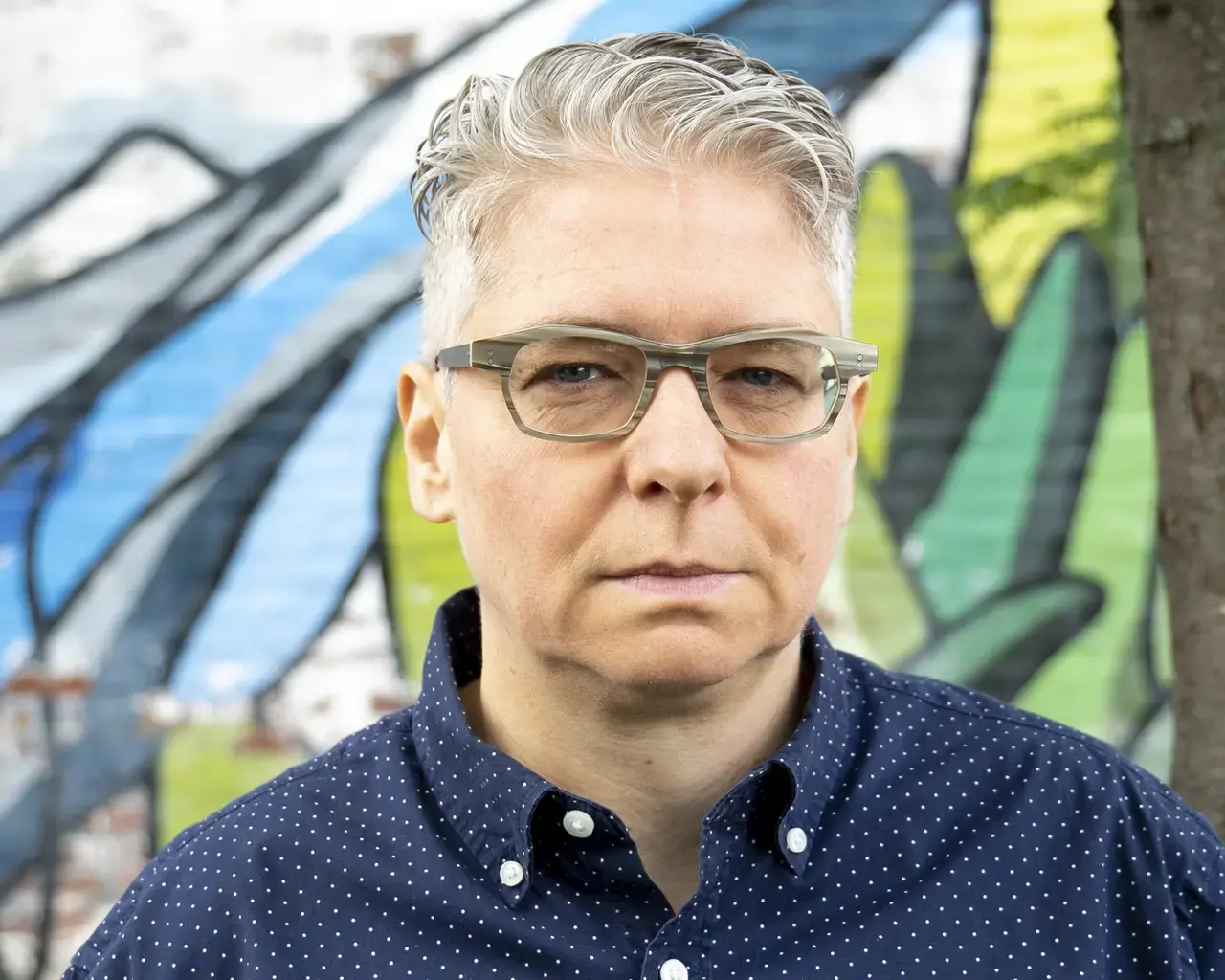
Syd Zolf
Poet, 2018 Pew Fellow
I’ll never forget my experience walking into a dark white cube at the Ydessa Hendeles Art Foundation in Toronto in 1999 and encountering Shirin Neshat’s video Turbulent.
Turbulent is a two-screen installation on opposite walls. On one screen, a man sings a beautiful Rumi poem in Farsi for an audience of men. After he finishes, the woman on the other screen, standing alone in a dark, empty auditorium, begins chanting and ululating a melismatic sound poem, and I can’t put into words the range of feelings her devastating song evokes and provokes. The video has very particular references to systemic gender oppression in Iran, but the work also demonstrates the power of art to generate new feeling and thought through undoing the systemic structures of language.
I have no idea whether or not Shirin Neshat is queer, but her queering of form and feeling in Turbulent profoundly influenced my artistic practice as a queer person and maker.
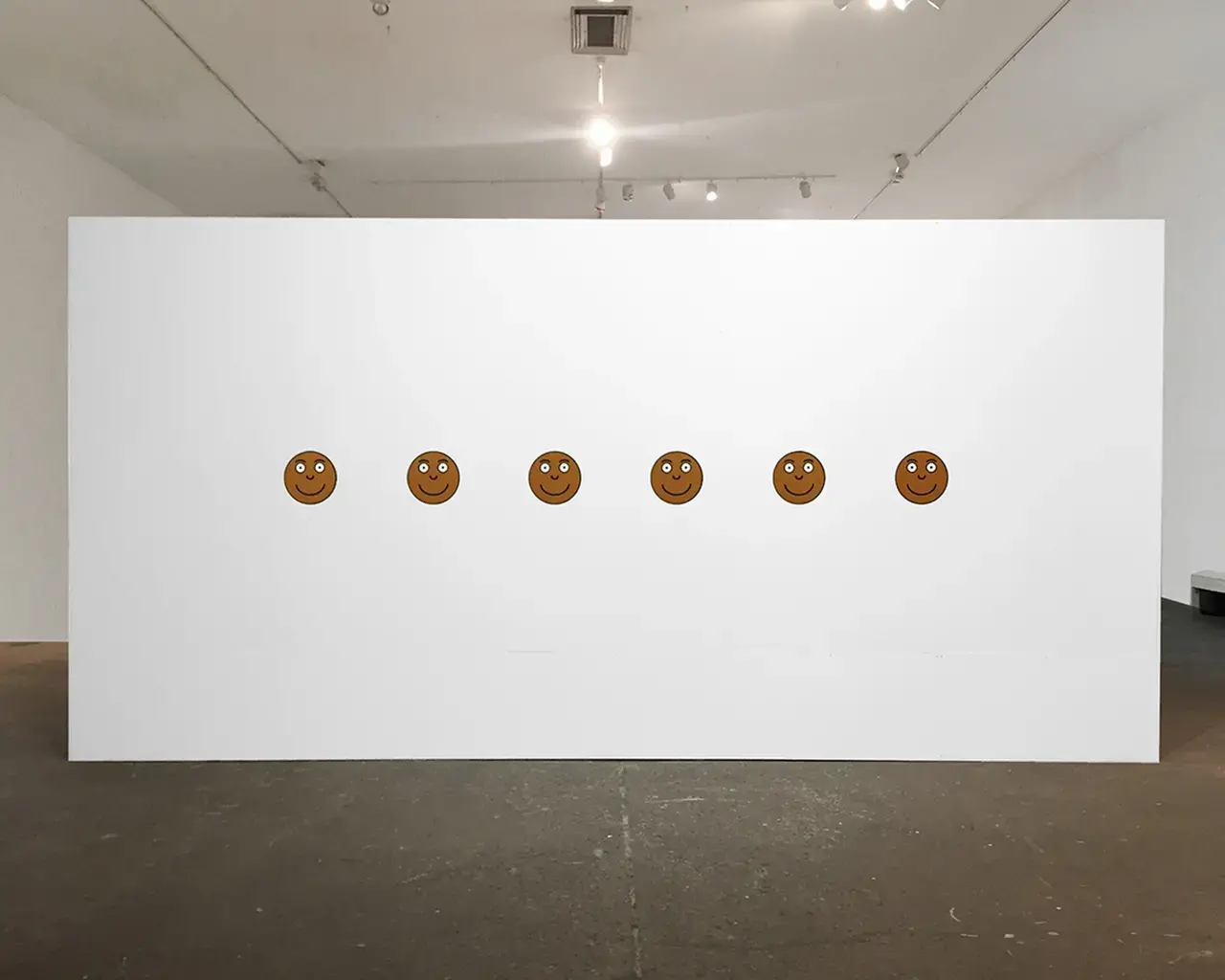
Carolyn Lazard
Visual artist, 2019 Pew Fellow
Panteha Abareshi’s FOR MEDICAL USE ONLY (2019) is a single-channel video that explores pain, medical trauma, and the cyclicality of chronic illness. In the work, Panteha displays medical materials like IVs and bandages while pointing to the sites on her body that have been marked by these materials. Her voiceover details the complexities of crip queer embodiment and the way in which pain is a constant moving target, often one the mind tries to forget. I love this work because of the way it so candidly deals with the realities of medical trauma and the difficulty of representing the experience of pain. Panteha appropriates and misuses the materials that have been imposed upon her while also probably saving her life. What a complex relationship to materiality: that care can help and hurt at the same time. I am particularly attuned to its bass-heavy sonic-scape: I’ve always turned to vibration as a tool for healing. I’m grateful for my queer elders and I am also enamored by the works of queer crip artists who have come after me. In true queer crip temporality, we are all impacting and influencing each other across time. Panteha’s work reminds me that art-making can be a way to articulate the nuances of one’s own embodiment—and that articulation might serve as a mirror for someone else.
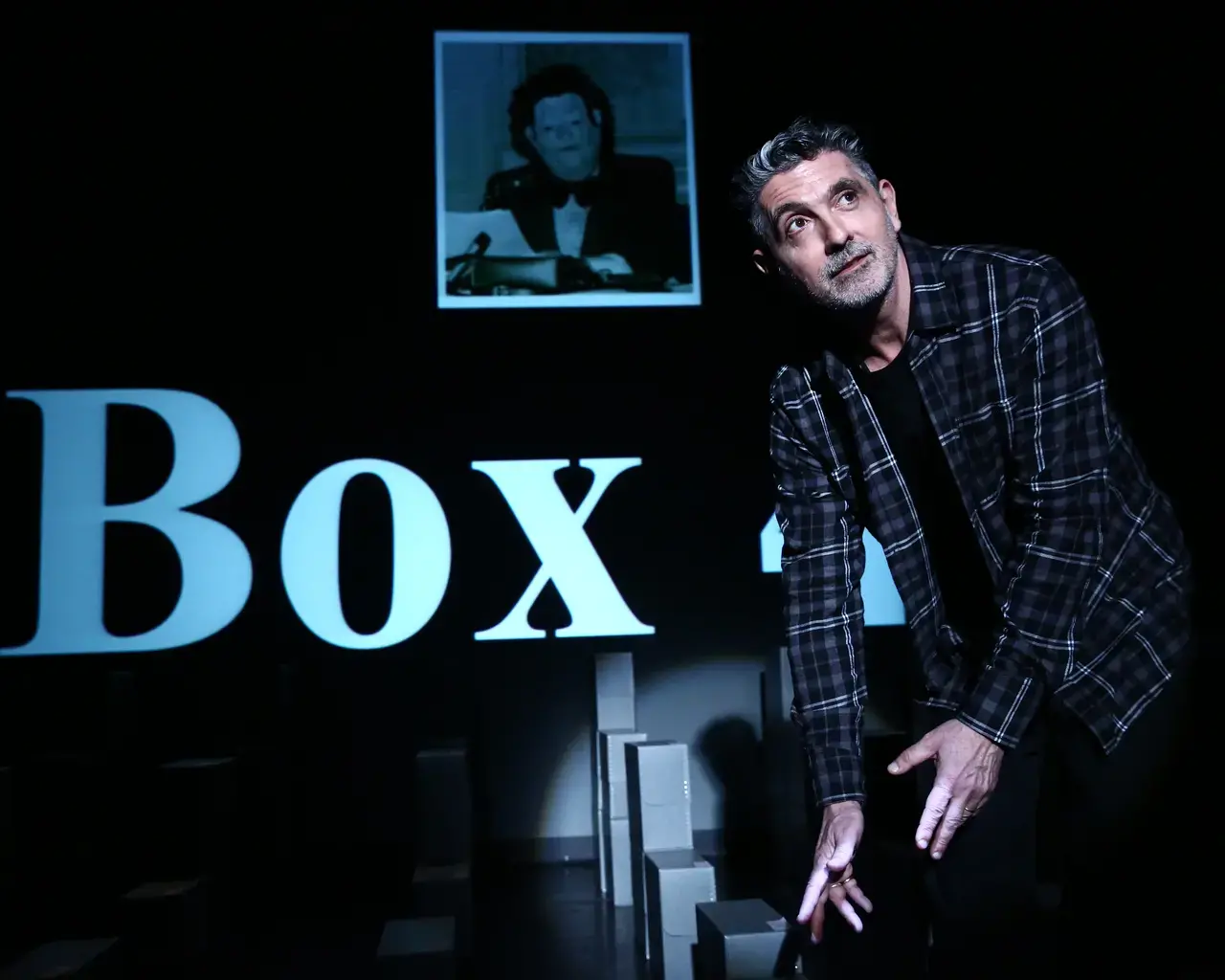
Ain Gordon
Theater artist, Center Visiting Artist (2018–19, 2011–12)
I was 9 years old, before I knew how to consciously know I might possess sexuality. I had a black-and-white portable TV. After school, after homework, was a kind of “no-time” time where I one day found Fred Astaire and Ginger Rogers’ movie The Gay Divorcee (no kidding) with Edward Everett Horton. Onscreen, Horton “minced,” “swished,” flailed from the wrist, was demure and vain and randomly flirty and over the top and pensively deflated and suddenly-empathetically-astute and always funny, all while bickering (intimately) with his manservant (!) and, though there was a woman character “with” Horton, even she looked doubtful with such bizarre frankness it threatened to explode my little TV. Somehow (HOW?), I knew Horton was being used for a joke, but I also felt Horton turned that around by using for himself the way he was being used. He taught me something before I knew what it was.
Years later, Google made it possible to learn Horton was probably in a decades-long relationship with Gavin Gordon (with whom I share a last name).


